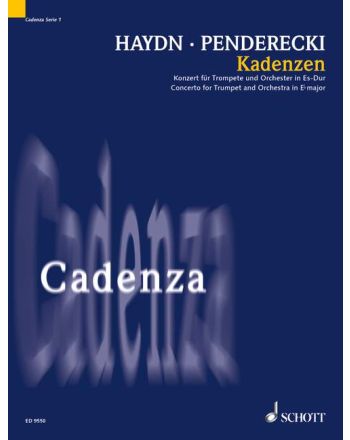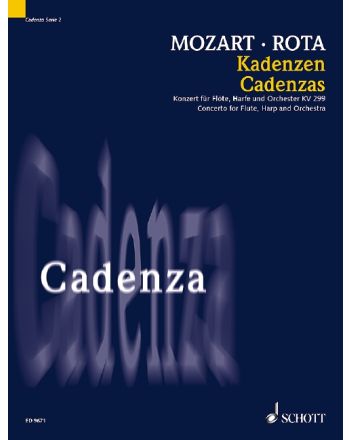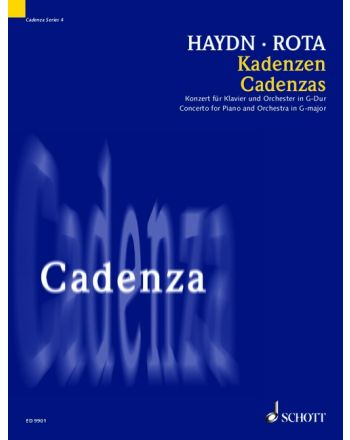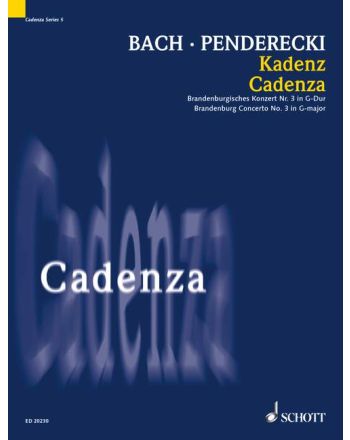Collected Cadenzas, Embellishments and Arrangements
Product Details
Description
For the double concertos collected in this second volume, some solo parts have been transposed from clarinet or bassoon to oboe and cor anglais. In these cases, the cadenzas contain the complete, newly transposed solo parts of the works.
Contents
Antonio Salieri (1750–1825): Konzert für Flöte, Oboe und Orchester in C-Dur / in C major
Domenico Cimarosa (1749–1801): Sinfonia concertante für 2 Flöten und Orchester (Flöte und Oboe) in G-Dur / in G major
Carl Stamitz (1745–1810): Konzert für Flöte, Oboe und Orchester (Königliche Bibliothek, Kopenhagen) in G-Dur / in G major
Carl Stamitz (1745–1810): Konzert für Oboe, Fagott und Orchester (KaiSc. 19) in D-Dur / in D major
Josef Fiala (1748–1816): Concertante für Klarinette (Oboe), Englischhorn und Orchester in B-Dur / in Bb major
Georg Druschetzky (1745–1819): Konzert für Oboe, 8 Pauken und Orchester (Séchény Bibliothek, Budapest) in C-Dur / in C major
More Information
Technical Details
More from this series
Improvised and also composed solo cadenzas, normally occurring towards the end of a bravura aria or an instrumental concerto movement, have existed since the late 16th century. They provide the performer with an opportunity for self-presentation in the form of a free style of playing or singing, based on themes and motifs from previous sections of the movement. Solo cadenzas are for the most part introduced by a six-four chord held by the orchestra; the soloist then begins a protracting interpolation in free style, subsequently culminating on the dominant chord, usually with a trill. Whereas originally composers left solo cadenzas to be freely improvised, from the middle of the 19th century onwards they were frequently specifically written out. The increasing abuse of cadenzas as a mere display of free virtuosity, ignoring the style and impetus of the composition, played a substantial factor in this development. Thus Beethoven gives the soloist no opportunity whatsoever for free improvisation in his 5th piano concerto in which the cadenza becomes an integral, obligatory component of the complete work. In this unique series Schott Music presents cadenzas created for well-known instrumental concertos from the Classical and Romantic periods by major composers and soloists of our time.





